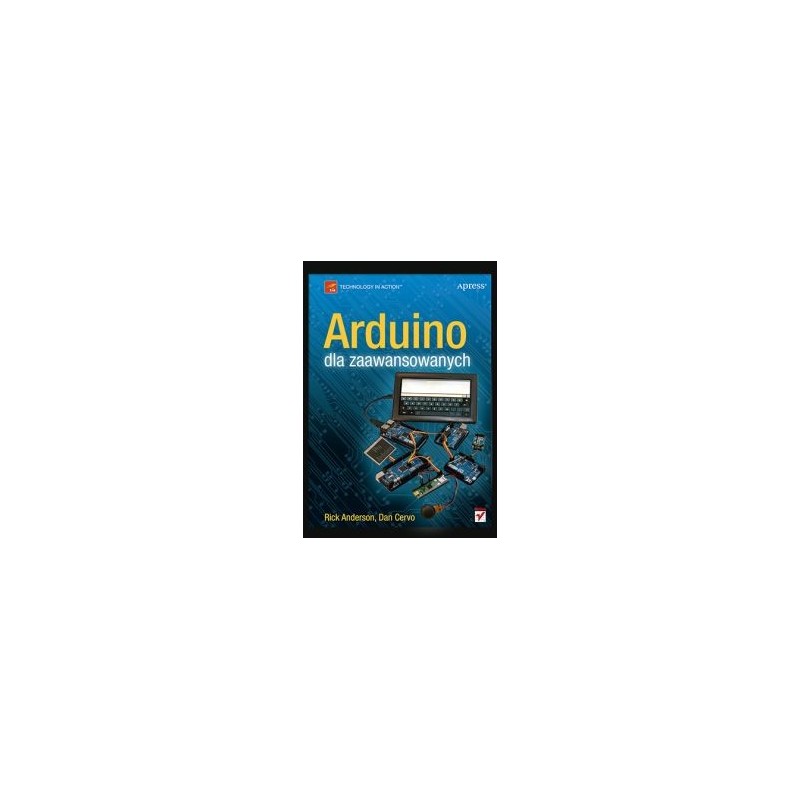- Out-of-Stock



The Arduino platform is a wonderful child of engineers thanks to which the electronics world has gained thousands of new enthusiasts. Where did they come from? Thanks to Arduino, even a complete layman can build an attractive electronic system that will make his life easier. If we add great documentation and an environment specifically designed for software development, it becomes clear why Arduino is so popular.
There are already a few items on the publishing market dedicated to Arduino, but usually they contain collections of projects that the reader can do on their own. In the meantime, if you have the ambition to create innovative solutions that you will not find on the web or in books, you must gain much more knowledge. This book will provide it to you. In the course of reading you will learn how to use XBee radio networks, communicate with Android and integrate Arduino with non-standard layouts, such as Atmel. In addition, you'll learn how to use multiple Arduino platforms to work on one problem. And then you'll learn to create libraries for Arduino and share them with the community. In this lies the greatest strength of the platform!
Find out:
About the authors (11)
About the content corrector (12)
Introduction (13)
Thanks (14)
Chapter 1. Changes in the Arduino core 1.0.4 (15)
Chapter 2. Arduino programming and social coding (29)
Chapter 3. OpenFrameworks and Arduino software (61)
Chapter 4. Android ADK Tools (77)
Chapter 5. XBee radio modules (105)
Chapter 6. Simulation of sensors (125)
Chapter 7. PID controllers (143)
Chapter 8. Android sensor networks (155)
Chapter 9. Arduino application with PIC32 and ATtiny Atmel systems (179)
Chapter 10. Multiprocessing: greater power of connected Arduino (197)
Chapter 11. Creating games for Arduino (217)
Chapter 12. Our own libraries for Arduino (243)
Chapter 13. Arduino test kit (265)
Index (287)
No product available!
No product available!
KA-NUCLEO-F411CE is a development board equipped with standard Arduino UNO connectors. Board is based on microcontroller STM32F411CE. The embedded programmer (compatible with ST-Link/V2-1) makes possible programming and debugging of microcontroller via USB connector.
No product available!
No product available!
No product available!
No product available!
No product available!
No product available!
No product available!
No product available!
No product available!
No product available!
No product available!
No product available!
No product available!
No product available!

Rick Anderson, Dan Cervo
